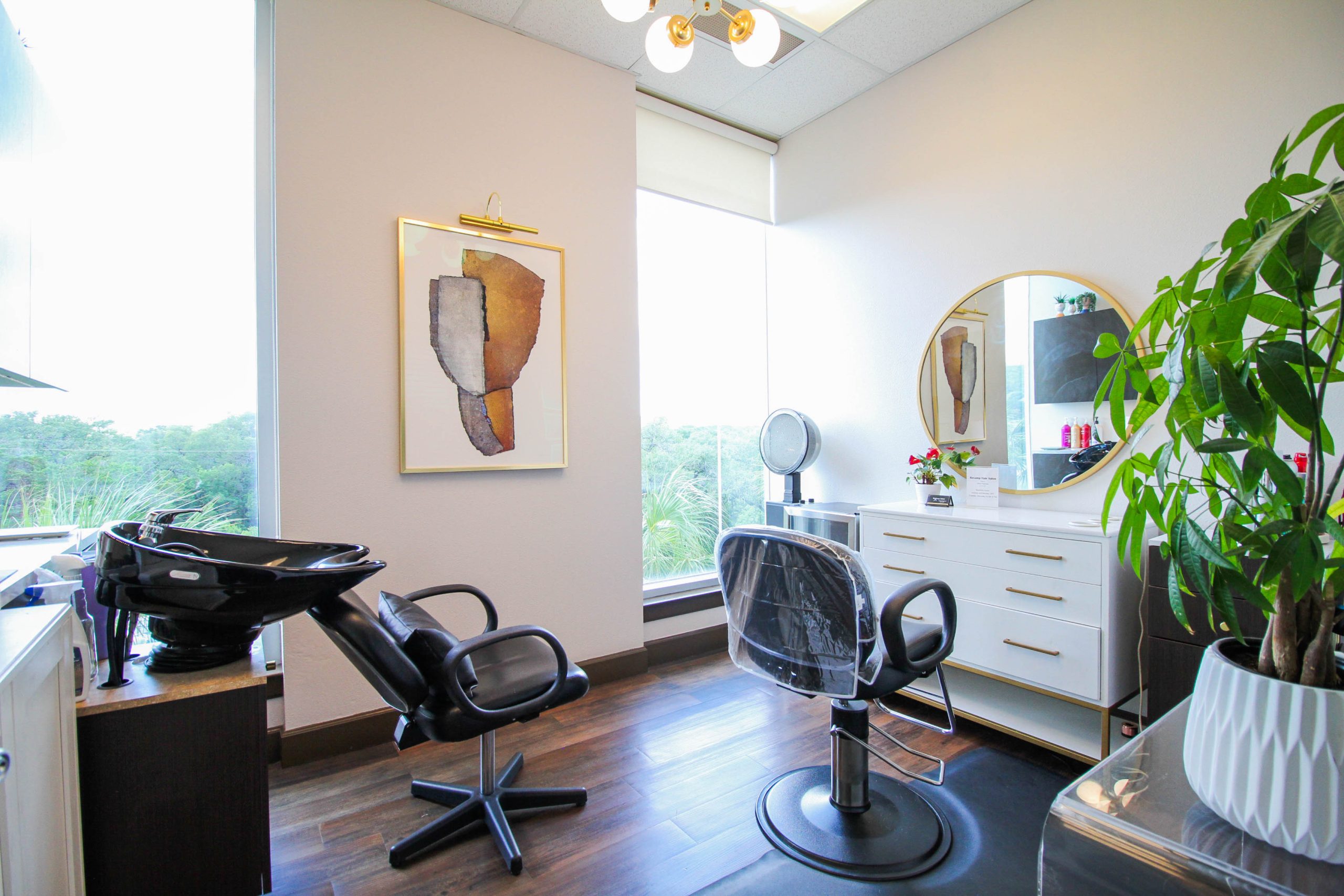Author
adminPublished
Feb th, 2024Category
Featured News UncategorizedBeauty trends are constantly evolving, influenced by culture, technology, fashion, and social media. From the timeless elegance of classic hairstyles to the bold, modern looks of today, understanding the evolution of beauty trends gives clients and stylists insight into how styles adapt over time.
At Salons by JC, we believe that staying informed about trends helps salon clients make better choices and inspires stylists to innovate. This guide explores key beauty trends from past decades, highlights modern innovations, and offers insights for achieving contemporary, personalized styles. Whether you are a salon client or a stylist, knowing these trends will help you maintain a timeless yet current look.
Key Takeaways
-
Beauty trends evolve with culture, media, and technology.
-
Classic looks remain timeless, but modern trends emphasize personalization and innovation.
-
Social media accelerates trend adoption and provides inspiration for clients and stylists.
-
Sustainable and ethical beauty practices are increasingly important.
-
Collaborating with a stylist ensures trends are tailored to individual hair type, lifestyle, and face shape.
1. The Early 20th Century: Glamour and Elegance
The early 1900s emphasized elegance and sophistication, influenced by Hollywood and society’s elite. Women gravitated toward soft waves, updos, and pinned hairstyles, often enhanced by hats and accessories.
-
Makeup Trends: Subtle lip colors and pale complexion were standard, with minimal eye makeup.
-
Hair Trends: Finger waves, pin curls, and smooth updos dominated salons.
-
Influences: Silent films and Hollywood starlets inspired clients to emulate glamorous looks at home.
Salons became centers of innovation, where women sought guidance on replicating these professional styles.
2. Mid-Century Beauty: Bold Colors and Feminine Silhouettes
From the 1940s to 1960s, beauty trends embraced bold femininity and polished appearances.
-
Hair: Victory rolls, beehives, and voluminous curls reflected confidence and style.
-
Makeup: Red lips, winged eyeliner, and rosy cheeks became signature elements.
-
Fashion Influence: Designers like Dior and Balenciaga emphasized structured silhouettes and coordinated styling.
This era set the stage for salons to become essential spaces for experimentation, allowing clients to achieve intricate hairstyles they couldn’t manage at home.
3. The 1970s and 1980s: Individuality and Self-Expression
Beauty became a form of self-expression during the 1970s and 1980s. Trends reflected music, film, and counterculture movements.
-
Hair: Natural textures, feathered cuts, perms, and bold hairstyles gained popularity.
-
Makeup: Colorful eyeshadows, dramatic blush, and vibrant lips defined personal style.
-
Cultural Influence: Disco, punk, and pop music encouraged individuality and experimentation.
Salons adapted by offering specialized services for curls, color, and styling techniques that empowered clients to express personality through hair.
4. The 1990s and Early 2000s: Minimalism and Glam
The 1990s introduced minimalist beauty trends, followed by early 2000s glam aesthetics.
-
Hair: Straightened styles, sleek bobs, and layered cuts dominated.
-
Makeup: Natural looks with matte foundations, subtle lip colors, and understated eyes.
-
Celebrity Influence: TV shows and pop stars inspired everyday trends.
Salons began offering color correction, straightening treatments, and highlights to meet the rising demand for polished, low-maintenance looks.
5. Modern Trends: Personalization and Innovation
Today, beauty trends are highly personalized, influenced by social media, technology, and inclusive representation.
-
Hair: Balayage, vivid colors, textured cuts, and embracing natural hair textures.
-
Makeup: Bold looks, contouring, and experimental colors driven by TikTok and Instagram.
-
Skincare Integration: Clients expect holistic approaches combining hair, skin, and wellness.
-
Technology: Virtual try-on apps, AI-inspired hair color simulations, and eco-friendly products.
Modern salons emphasize individuality and customization, allowing clients to choose trends that reflect personal style, lifestyle, and personality.
6. The Role of Social Media in Beauty Evolution
Platforms like Instagram, TikTok, and Pinterest have accelerated the pace of trend adoption.
-
Viral Trends: Haircuts, colors, and styles can gain global popularity overnight.
-
Client Education: Tutorials and influencer tips educate clients before salon visits.
-
Brand Exposure: Stylists and salons showcase creativity, attracting new clientele.
Social media allows trends to cycle faster, making continuous education for stylists essential.
7. Sustainability and Ethical Beauty
Environmental awareness has influenced modern beauty trends:
-
Products: Organic, cruelty-free, and eco-friendly products are preferred.
-
Services: Salons implement water-saving techniques and reduce chemical waste.
-
Client Choices: Clients choose sustainable hairstyles and treatments that minimize environmental impact.
This shift reflects a growing emphasis on ethics alongside aesthetics in the beauty industry.
8. How Salon Clients Can Navigate Trends
-
Consult Your Stylist: Get professional input on which trends suit your hair type and face shape.
-
Adapt, Don’t Imitate: Modify trends to fit your lifestyle and maintenance preferences.
-
Prioritize Hair Health: Don’t sacrifice hair integrity for trendiness.
-
Experiment Gradually: Start with subtle changes like highlights or trims before full transformations.
Related Articles
Frequently Asked Questions
How have beauty trends changed over the decades?
Beauty trends evolve with culture, fashion, and technology. From classic hairstyles to modern innovations, trends reflect societal values and personal expression.
How do social media platforms influence salon trends?
Instagram, TikTok, and Pinterest accelerate trend adoption, providing tutorials, inspiration, and global exposure for clients and stylists alike.
Can clients personalize trends to suit their hair type?
Absolutely. Stylists can adapt trends to complement hair texture, face shape, and lifestyle, ensuring clients achieve a modern look without compromising hair health.
Are eco-friendly and sustainable beauty products important in trends?
Yes. Many clients now prefer organic, cruelty-free, and eco-conscious products. Salons integrating these practices attract environmentally aware customers.
How can clients keep up with modern beauty trends?
Clients can stay informed through social media, fashion magazines, and regular consultations with stylists to adapt current trends to personal style and needs.

